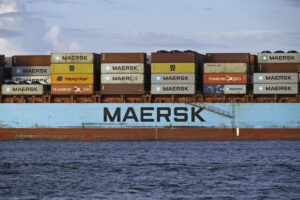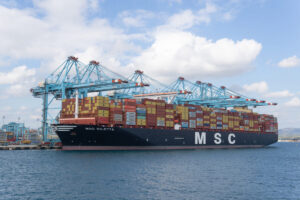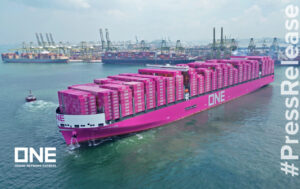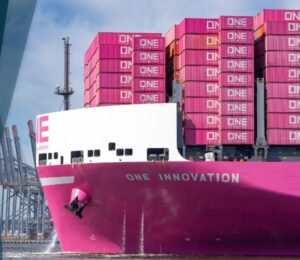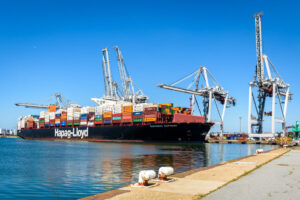In the port of Rotterdam, work takes place to stop the unintentional release of all sorts of substances.
Some gases are hazardous or irritating and not all gases are perceptible to human senses.
An ‘e-nose’ (electronic nose) can do this and responds to changes in the composition of the air.
The Port of Rotterdam has a unique system of e-noses: the we-nose network.
This allows companies, municipal authorities, and the Environmental Protection Agency to respond faster to emissions of unpleasant or dangerous gases.
There are now 250 electronic noses in the port.
The we-nose network makes a significant contribution towards improving the safety, health and appeal of the port area and its environs.
About 250 e-noses are now present in the Port of Rotterdam.
These electronic noses are measuring instruments which check any changes in the composition of the air.
Two patrol vessels belonging to the Port of Rotterdam Authority also have e-noses.
Companies in the region, Maassluis municipal authority, Rotterdam municipal authority, Veiligheidsregio, Deltalinqs, South Holland provincial authority and the Rijnmond Environmental Protection Agency (DCMR) are actively involved in the we-nose network.
The name ‘we-nose’ arose from intensive cooperation.
Its strength lies in the dedication of all parties, who want to realise the same goal together: to create a healthy, safe, and attractive port.
An e-nose is a combination of sensors that register changes in the composition of the air and send the information on this via a wireless connection to a central server.
The we-nose network is offered to companies as a service by the Port of Rotterdam Authority to effectively control unpleasant odours and to find any release of hazardous substances at an early stage.
The Rijnmond DCMR uses the network to check the environmental quality, and works with the DCMR control room to check all e-noses.
If e-noses detect changes in the air composition, the control room investigates the cause.
Once the cause is known, the company can take measures and inform those in the surrounding areas.
Residents also play a key role in the we-nose network.
For example, the Port of Rotterdam Authority holds ‘round table meetings’ with residents from different regions, focusing on how best to relay information and provide a sense of security.
A Resident of Loydkade Rotterdam told Port of Rotterdam: “Together with other Rotterdammers, I think about how things can be done even better.
“I am glad that the Port Authority and the DCMR involve residents in this, because ultimately, we all have to do this together. Both residents and companies.”

